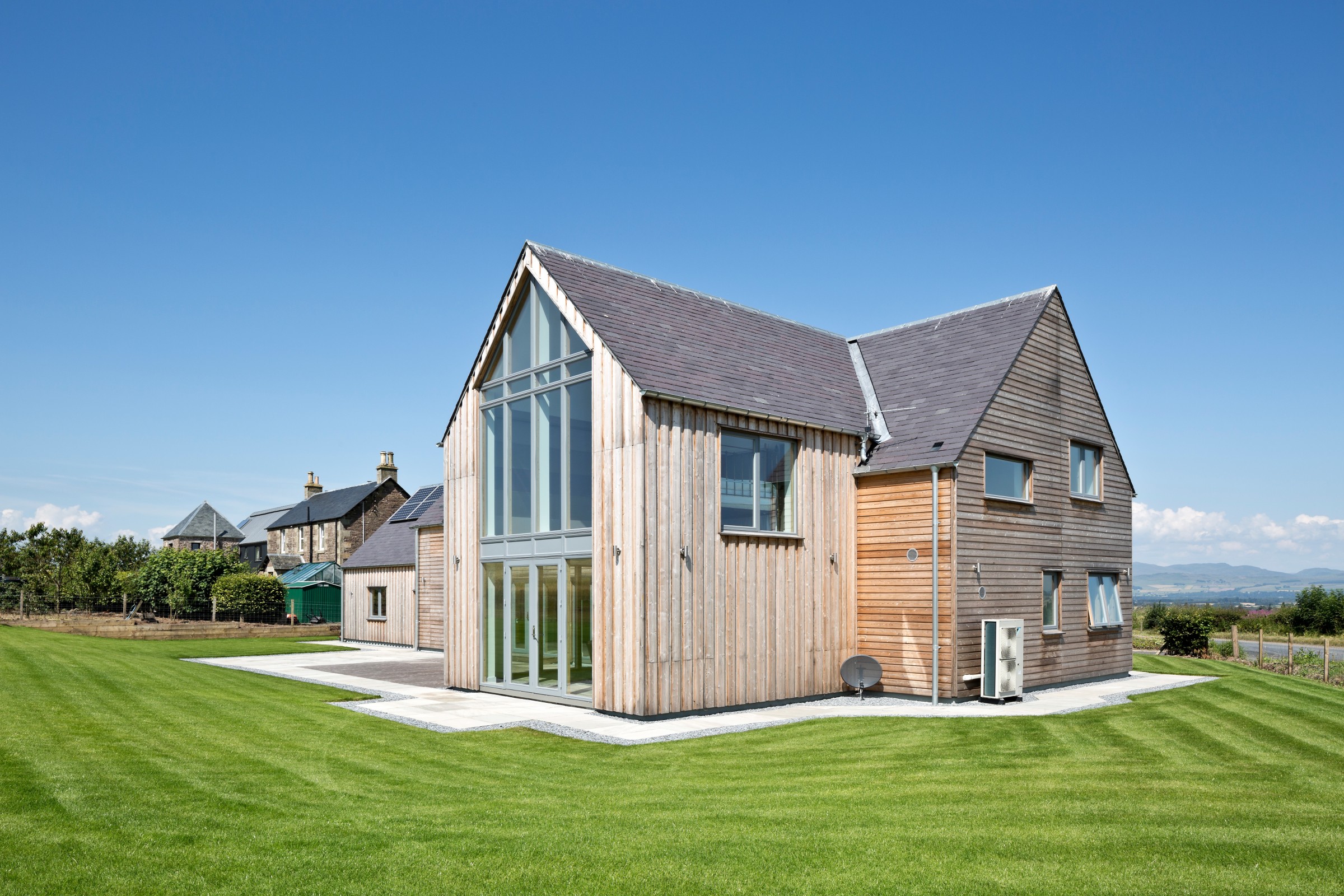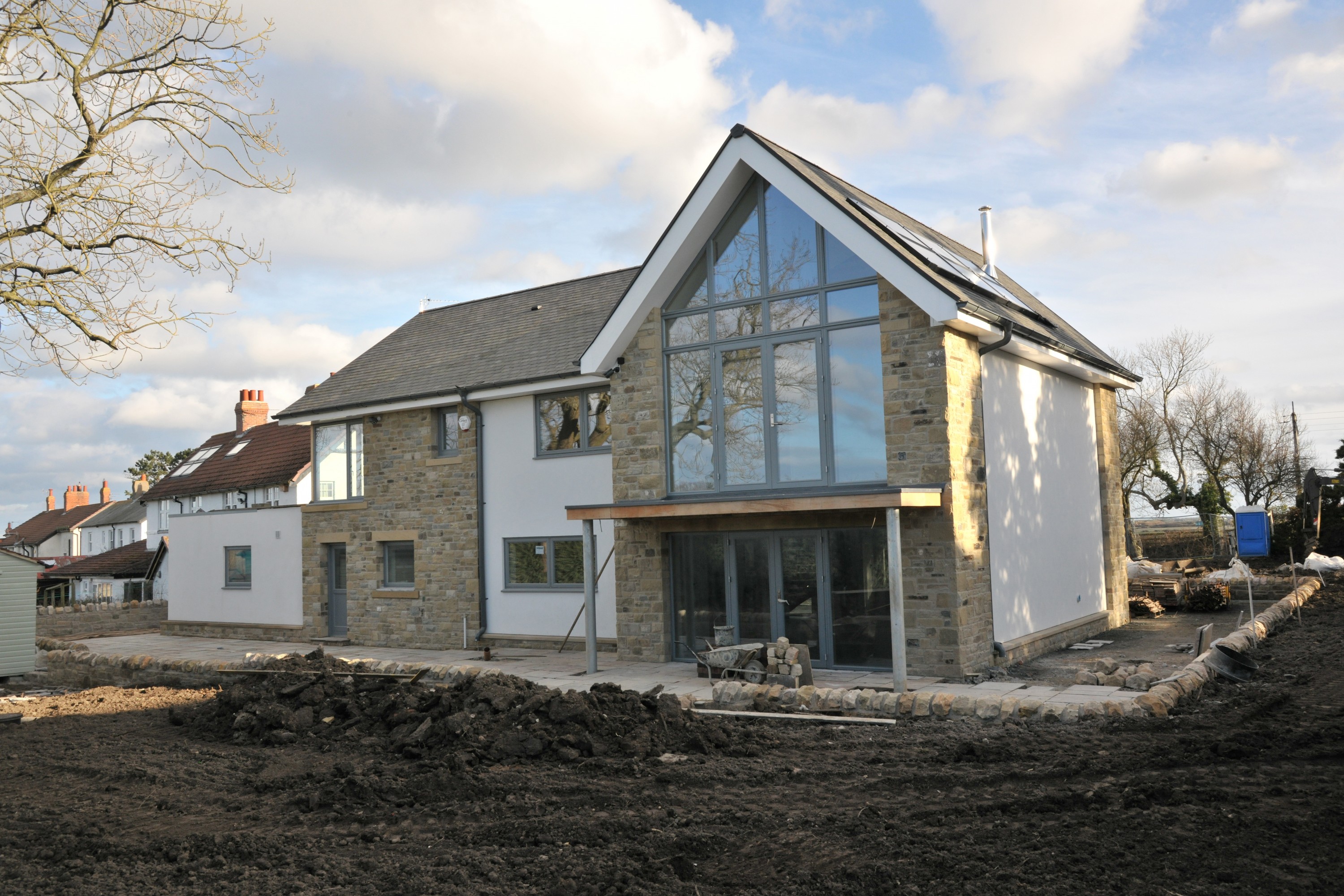Following May’s Homebuilding & Renovating Show, we contacted Global Energy Systems for some expert advice – and here they explain exactly how Air Source Heat Pumps work…
TELL US A BIT ABOUT GLOBAL ENERGY SYSTEMS
Global Energy Systems is a British, renewable energy company supported by over 50 years of international engineering experience. Three generations have been involved in the company, each innovating and developing engineering excellence from our Lancashire base. Global Energy Systems was awarded a Shell Springboard Award for our work on carbon reducing technologies.
The last ten years have been dedicated to the development of renewable energy technology through high-performance, air source heat pumps. Our British designed and built Eco Air Boilers provide central heating and hot water simultaneously, and can reduce carbon emissions by up to 60% and heating bills by up to 65%.
We also have a range of commercial scale air source heat pumps offering simple, low disruption solutions to reducing on site emissions. Our new Caernarfon heat pump offers the latest A++ ERP rating.
They are designed and built to work specifically with the UK climate and to outperform gas, oil and electric systems for the duration of their 20 year life.
WHAT IS AN AIR SOURCE HEAT PUMP, AND HOW DOES IT WORK?
Simplistically, an air source heat pump works like a fridge, but in reverse. Instead of taking heat from the inside, and dumping it from the back, an air source heat pump takes the heat energy out of the air, multiplies it up, and transfers it to your heating system or hot water.
The air source heat pump uses electricity to drive this process – capturing the energy taken from the air offers four times as much heat going out as electricity coming in. This allows a house to be heated by the equivalent of a blow heater.

WHAT ARE THE BENEFITS OF INSTALLING AN ASHP IN A NEW SELF BUILD HOME?
There are several areas of benefits; including savings, simplicity, transparency and regulations.
The savings come from potentially lower bills – dependent upon the alternative choice of fuel, and the RHI which is available to Self Builders for the first 7 years of use. Combined, these can be significant.
Simplicity comes from the need to only connect to the electricity network. This can again offer savings in avoiding gas connection fees.
All of our units come with an Eco Link mobile SIM card that connects us to the air source heat pump. This means that we can feed the client with an energy portal for their heating and hot water use, and we can remotely monitor, optimise and maintain the unit.
Regulations are pushing towards lower emissions targets for homes. An air source heat pump will offer SAP improvements, and emission reductions against all combustion fuels.
HOW DO AIR SOURCE HEAT PUMPS COMPARE TO OTHER FORMS OF RENEWABLES FOR DOMESTIC PROPERTIES?
Air Source Heat Pumps are a really simple form of renewable heat. They come as a single box which replaces a boiler – hence the name, Eco Air Boiler – and can provide 100% of the heating and hot water demand of even the largest homes. They are zero emissions on site and require no deliveries to fuel them.
Combining heat technologies is usually uneconomical as you end up with two capital spends doing one job. If you are generating electricity, and you are using electricity to heat your home, you can enjoy additional benefits.
Be aware though that you have to be generating the electricity at the same time as running your heating, so wind and water are often better sources than solar until the battery challenge is solved.

HOW DOES THE DESIGN PROCESS WORK?
The most crucial part of an air source heat pump installation is the specification, and this is the main area of focus for the MCS scheme that allows access to the Renewable Heat Incentive money.
We have a team that will assess plans for a new build – in order to calculate a heat load, and recommend a suitable unit for the property. In the case of retro-fits, which have been the bulk of our customers to date, our team will visit the site to survey for a heat load if plans are not available.
It is important to understand the implication of external air temperatures when sizing air source heat pumps, and so we work closely with architects, specifiers, and installers to ensure that our systems work for the client.
FOR THE AVERAGE HOME, HOW MUCH MIGHT IT COST TO INSTALL AN ASHP?
My rule of thumb is almost never less than £10,000, and almost never more than £20,000. The low end is for a new build, and can be a little less if the project is managed well.
The £20,000 end is usually a retro-fit needing work to the existing piping and radiators etc.
WHAT ARE YOUR TOP 5 TIPS FOR SELF BUILDERS CONSIDERING AN AIR SOURCE HEAT PUMP?
1) Demand MCS accreditation to ensure that specification is correct and you can access the RHI funding.
2) Plan early. The earlier in the process the air source heat pump is specified, the simpler and cheaper the process of installation and compliance is.
3) Think hard about how you want to deliver your heat. There are many ways, from radiant panels to smart radiators, that may suit you; it does not necessarily have to be under floor heating.
4) With any heating system – think ‘fabric first’ with regards to your insulation strategy.
5) Buy British; why try to save carbon and then ship a unit half way across the earth to do it?
Thanks to Global Energy Systems for their expert contribution to ACA's blog. If you want to learn more about their services, click here!



